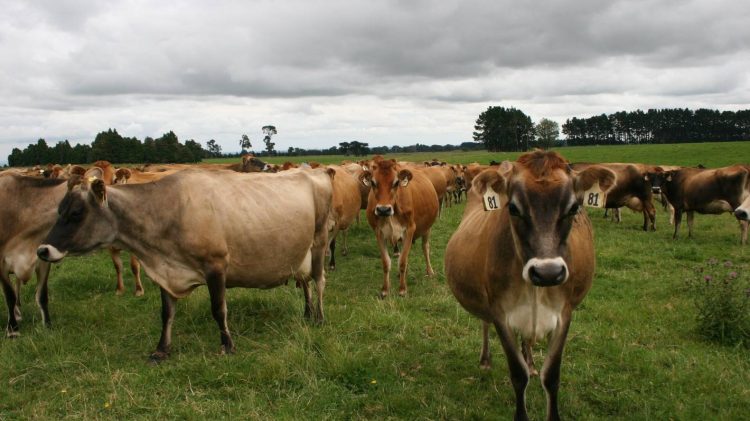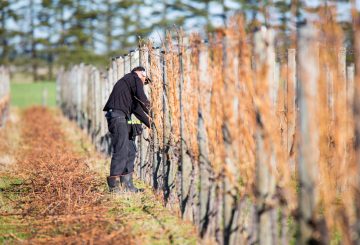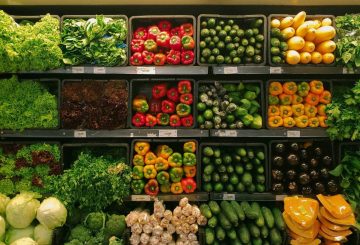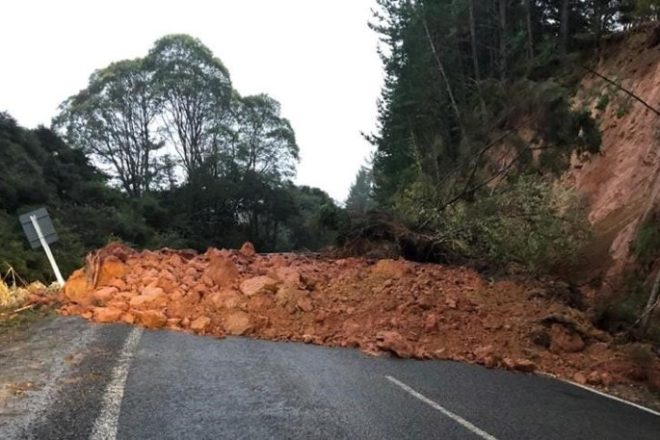The forecasted farmgate milk price has increased, bringing some relief to dairy farmers. However, they are advised to manage their budgets cautiously until prices stabilise further.
A recent survey by Federated Farmers, covering over 1000 farmers across various agricultural sectors, indicated a historic low in their confidence. Federated Farmers president, Wayne Langford, mentioned that farmers are dealing with high interest rates, significant inflation, and falling meat and milk prices. Added regulatory changes further strain their profits and certainty.
Beef + Lamb New Zealand (B+LNZ) CEO, Sam McIvor, expressed that farmers are squeezed by global market demand and rising costs. There’s also pressure from high stocks of sheep and beef in China, a major buyer. However, he added that B+LNZ is actively exploring new global markets and highlighted the potential of New Zealand’s beef exports to the UK.
McIvor emphasised the importance of New Zealand’s reputation for quality meat, noting that this attracts discerning buyers. On the climate front, McIvor spoke of B+LNZ’s efforts towards sustainable and low-carbon production, calling New Zealand farmers some of the best at adapting to market and climate changes.
In the dairy sector, Fonterra’s forecast for the 2023/24 season saw an improvement. Initially, the forecast was set at $6.25 – $7.75kg MS but was raised to $6.50 – $8.00kg MS in October. This adjustment approaches the break-even point for many farmers. However, DairyNZ chairperson, Jim van der Poel, stressed that the revised forecast, while positive, is still below many farmers’ break-even price. He mentioned that DairyNZ offers support and resources to farmers in challenging times.


























































